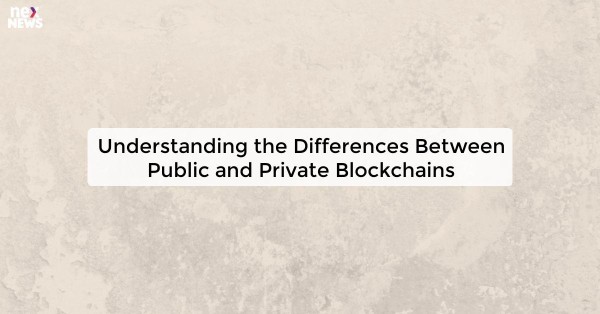Key Characteristics of Public Blockchains
Public blockchains are decentralized networks that allow anyone to participate without needing permission. They operate on a trustless system, meaning that users can interact and transact directly with each other without relying on intermediaries. Additionally, all transactions on public blockchains are transparent and immutable, meaning that once a transaction is recorded, it cannot be altered or deleted.
Another key characteristic of public blockchains is their high level of security. These networks use cryptographic algorithms to secure data and ensure the integrity of transactions. Since public blockchains are decentralized, they are resistant to censorship and tampering, making them a reliable and transparent platform for various applications, such as cryptocurrencies and smart contracts.
Key Characteristics of Private Blockchains
Private blockchains, in contrast to public blockchains, restrict access to authorized participants only. This controlled access ensures that sensitive or confidential information can be securely maintained within the blockchain network. Additionally, private blockchains often have a designated administrator or group of administrators who manage user permissions and network operations, allowing for a more centralized governance structure compared to public blockchains.
Another key characteristic of private blockchains is the ability to customize consensus mechanisms according to the specific needs of the network participants. This flexibility enables private blockchains to optimize performance and scalability based on the requirements of the applications running on the blockchain. By tailoring the consensus mechanism to suit the unique use case of the private blockchain, organizations can achieve greater efficiency and faster transaction processing speeds.
Access Control in Public Blockchains
Public blockchains are known for their decentralized nature, allowing anyone to participate in the network without restrictions. This openness is a fundamental characteristic of public blockchains, providing transparency and immutability to the transactions recorded on the blockchain. Participants in a public blockchain network have equal access to the data on the chain, ensuring that no single entity can control or manipulate the information stored within the system.
In order to maintain security and integrity within public blockchains, access control mechanisms are implemented through cryptographic protocols. These protocols authenticate users and ensure that only authorized individuals can submit transactions to the network. By requiring users to have access keys or digital signatures, public blockchains prevent unauthorized users from tampering with the data or executing malicious activities on the blockchain.
Access Control in Private Blockchains
Access control in private blockchains is a crucial aspect that determines the level of permission granted to participants within the network. Unlike public blockchains that are open and decentralized, private blockchains are operated by a centralized entity that defines access rights based on specific rules and criteria. This centralized control allows for greater customization and privacy, as only approved participants have the authority to read, write, or transact on the blockchain.
By implementing access controls in private blockchains, organizations can ensure that sensitive information is securely shared among trusted parties while maintaining the integrity of the network. These restrictions help prevent unauthorized access, tampering, or malicious activities within the blockchain, making it a preferred choice for businesses looking to leverage blockchain technology for their operations. The ability to tailor access levels according to the needs of the organization adds an additional layer of security and confidentiality to private blockchains, setting them apart from their public counterparts.
Consensus Mechanisms in Public Blockchains
Consensus mechanisms in public blockchains play a crucial role in maintaining the integrity and security of the network. One commonly used consensus mechanism is Proof of Work (PoW), which requires miners to solve complex mathematical puzzles to validate transactions and add new blocks to the blockchain. This process ensures that no single entity can control the network, as the validation of transactions is distributed among multiple participants.
Another popular consensus mechanism is Proof of Stake (PoS), where validators are chosen to create new blocks based on the number of coins they hold. This mechanism aims to incentivize stakeholders to act in the best interest of the network, as they have a financial stake in the system. PoS is known for its energy efficiency compared to PoW, as it does not require intensive computational power to validate transactions.
